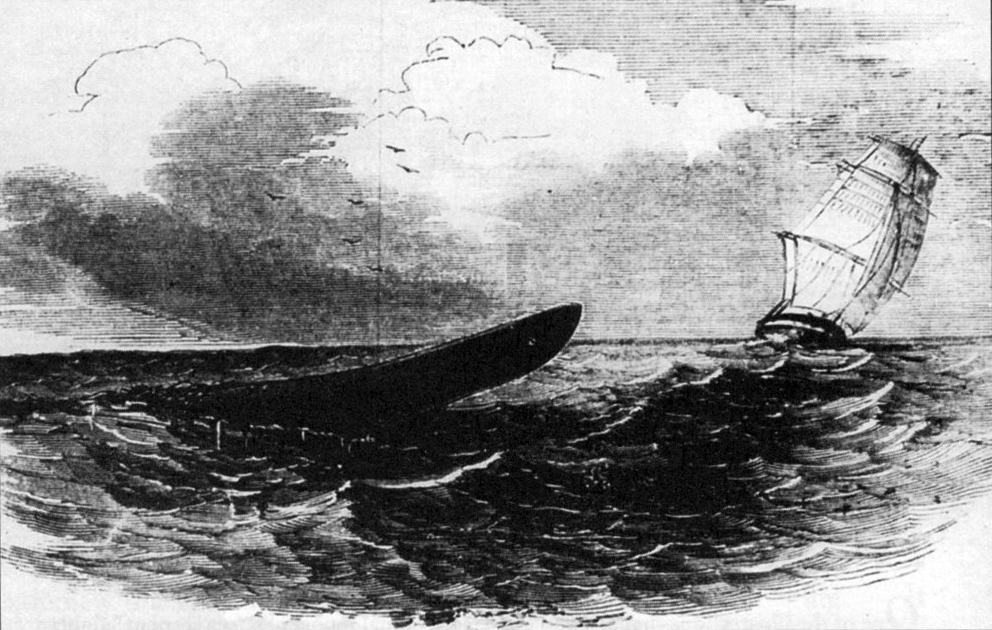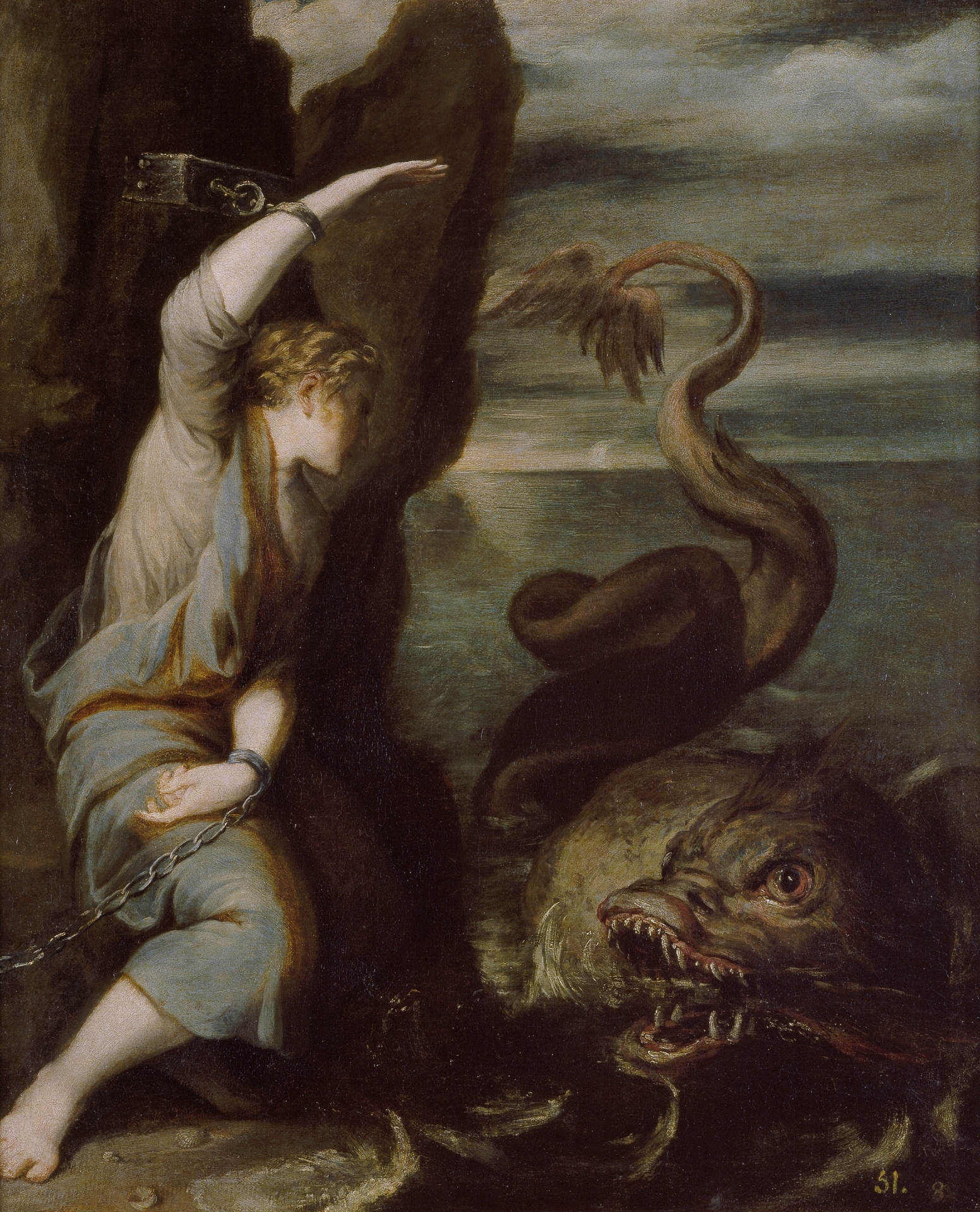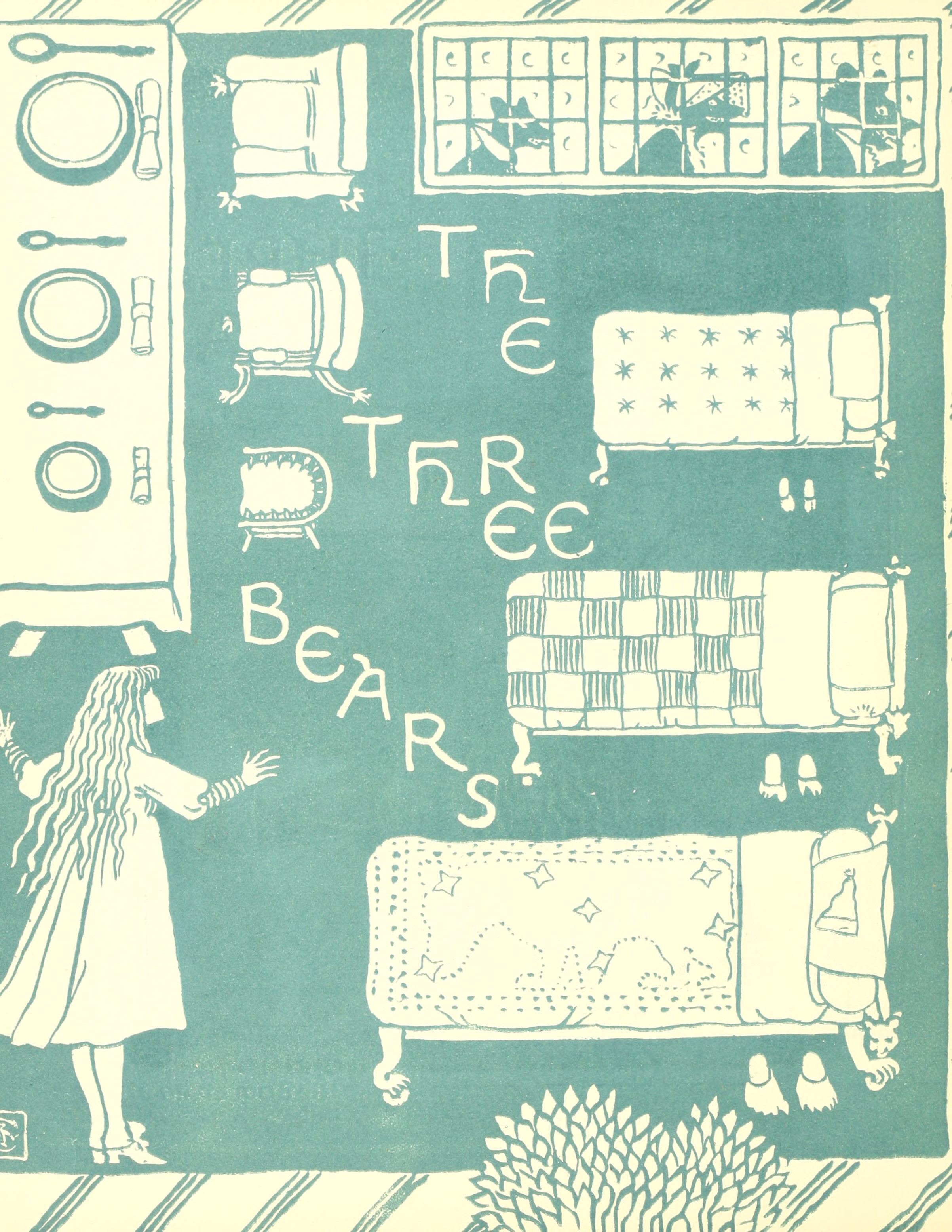|
The Thirteenth Son Of The King Of Erin
"The Thirteenth Son of the King of Erin" is an Irish fairy tale collected by Jeremiah Curtin in ''Myths and Folk-lore of Ireland''. Synopsis A king had thirteen sons. One day, he saw a swan driving away one of its thirteen cygnets, and a seer explained that any man or beast with thirteen young should drive one away, to fall under Heaven's will. The king could not bear to choose one of his sons. The seer said he should shut the door on the last son to return that night. This was the oldest, Seán Ruadh. He asked his father for an outfit for the road, and the king gave him it and a black horse that could run faster than the wind. One day, he put on some poor clothing and was hired by a king to herd his cows. The king also told him that an ''urfeist'', a sea serpent, demanded a king's daughter every seven years, and this year the lot had fallen on his own daughter. Many king's sons said they would save her, but her father did not believe them. The sea serpent would appear one ... [...More Info...] [...Related Items...] OR: [Wikipedia] [Google] [Baidu] |
Fairy Tale
A fairy tale (alternative names include fairytale, fairy story, magic tale, or wonder tale) is a short story that belongs to the folklore genre. Such stories typically feature magic (paranormal), magic, incantation, enchantments, and mythical or fanciful beings. In most cultures, there is no clear line separating myth from folk or fairy tale; all these together form the literature of preliterate societies. Fairy tales may be distinguished from other folk narratives such as legends (which generally involve belief in the veracity of the events described) and explicit moral tales, including beast fables. In less technical contexts, the term is also used to describe something blessed with unusual happiness, as in "fairy-tale ending" (a happy ending) or "fairy-tale romance (love), romance". Colloquially, the term "fairy tale" or "fairy story" can also mean any far-fetched story or tall tale; it is used especially of any story that not only is not true, but could not possibly be true ... [...More Info...] [...Related Items...] OR: [Wikipedia] [Google] [Baidu] |
Jeremiah Curtin
Jeremiah Curtin (6 September 1835 – 14 December 1906) was an American ethnographer, folklorist, and translator. Curtin had an abiding interest in languages and was conversant with several. From 1883 to 1891 he was employed by the Bureau of American Ethnology as a field researcher documenting the customs and mythologies of various Native American tribes. He and his wife, Alma Cardell Curtin, traveled extensively, collecting ethnological information, from the Modocs of the Pacific Northwest to the Buryats of Siberia. They made several trips to Ireland, visited the Aran Islands, and, with the aid of interpreters, collected folklore in southwest Munster and other Gaelic-speaking regions. Curtin compiled one of the first accurate collections of Irish folk material, and was an important source for W. B. Yeats. Curtin is known for several collections of Irish folktales. He also translated into English Henryk Sienkiewicz's ''Quo Vadis'' and other novels and stories by the Pole. Life ... [...More Info...] [...Related Items...] OR: [Wikipedia] [Google] [Baidu] |
Cygnet (bird)
Swans are birds of the family Family (from la, familia) is a Social group, group of people related either by consanguinity (by recognized birth) or Affinity (law), affinity (by marriage or other relationship). The purpose of the family is to maintain the well-being of its ... Anatidae within the genus ''Cygnus''. The swans' closest relatives include the goose, geese and ducks. Swans are grouped with the closely related geese in the subfamily Anserinae where they form the tribe (biology), tribe Cygnini. Sometimes, they are considered a distinct subfamily, Cygninae. There are six living and many extinct species of swan; in addition, there is a species known as the coscoroba swan which is no longer considered one of the true swans. Swans usually mate for life, although "divorce" sometimes occurs, particularly following nesting failure, and if a mate dies, the remaining swan will take up with another. The number of bird egg, eggs in each :wikt:clutch, clutch ranges from three ... [...More Info...] [...Related Items...] OR: [Wikipedia] [Google] [Baidu] |
Clairvoyance
Clairvoyance (; ) is the magical ability to gain information about an object, person, location, or physical event through extrasensory perception. Any person who is claimed to have such ability is said to be a clairvoyant () ("one who sees clearly"). Claims for the existence of paranormal and psychic abilities such as clairvoyance have not been supported by scientific evidence. Carroll, Robert Todd. (2003)"Clairvoyance" Retrieved 2014-04-30. Parapsychology explores this possibility, but the existence of the paranormal is not accepted by the scientific community. The scientific community widely considers parapsychology, including the study of clairvoyance, a pseudoscience. Usage Pertaining to the ability of clear-sightedness, clairvoyance refers to the paranormal ability to see persons and events that are distant in time or space. It can be divided into roughly three classes: precognition, the ability to perceive or predict future events, retrocognition, the ability to see pa ... [...More Info...] [...Related Items...] OR: [Wikipedia] [Google] [Baidu] |
Sea Serpent
A sea serpent or sea dragon is a type of dragon sea monster described in various mythologies, most notably Mesopotamian (Tiamat), Judaeo-Christian (Leviathan), Greek (Cetus, Echidna, Hydra, Scylla), and Norse (Jörmungandr). Mythology and folklore Mediterranean and Western Asia The mytheme, the chief god in the role of the hero slaying a sea serpent, is widespread both in the ancient Near East and in Indo-European mythology, e.g. Lotan and Hadad, Leviathan and Yahweh, Tiamat and Marduk (see also Labbu, Bašmu, Mušḫuššu), Illuyanka and Tarhunt, Yammu and Baal in the Baal Cycle etc. The Hebrew Bible also has less mythological descriptions of large sea creatures as part of creation under God's command, such as the Tanninim mentioned in Book of Genesis 1:21 and the "great serpent" of Amos 9:3. In the Aeneid, a pair of sea serpents killed Laocoön and his sons when Laocoön argued against bringing the Trojan Horse into Troy. In antiquity and in the Bible, dragons were envi ... [...More Info...] [...Related Items...] OR: [Wikipedia] [Google] [Baidu] |
Princess And Dragon
Princess and dragon is a archetypical premise common to many legends, fairy tales, and chivalric romances. Northrop Frye identified it as a central form of the quest romance. The story involves an upper-class woman, generally a princess or similar high-ranking nobility, saved from a dragon, either a literal dragon or a similar danger, by the virtuous hero (see Damsel in distress). She may be the first woman endangered by the peril, or may be the end of a long succession of women who were not of as high birth as she is, nor as fortunate. Normally the princess ends up married to the dragon-slayer. The motifs of the hero who finds the princess about to be sacrificed to the dragon and saves her, the false hero who takes his place, and the final revelation of the true hero, are the identifying marks of the Aarne–Thompson folktale type 300, the Dragon-Slayer. They also appear in type 303, the Two Brothers. These two tales have been found, in different variants, in countries all ... [...More Info...] [...Related Items...] OR: [Wikipedia] [Google] [Baidu] |
Rule Of Three (writing)
The rule of three is a writing principle that suggests that a trio of entities such as events or characters is more humorous, satisfying, or effective than other numbers. The audience of this form of text is also thereby more likely to remember the information conveyed because having three entities combines both brevity and rhythm with having the smallest amount of information to create a pattern. Slogans, film titles, and a variety of other things have been structured in threes, a tradition that grew out of oral storytelling. Examples include the Three Little Pigs, Three Billy Goats Gruff, Goldilocks and the Three Bears, and the Three Musketeers. Similarly, adjectives are often grouped in threes to emphasize an idea. Meaning The rule of three can refer to a collection of three words, phrases, sentences, lines, paragraphs/stanzas, chapters/sections of writing and even whole books. The three elements together are known as a triad. The technique is used not just in prose, but al ... [...More Info...] [...Related Items...] OR: [Wikipedia] [Google] [Baidu] |
Giant (mythology)
In folklore, giants (from Ancient Greek: '' gigas'', cognate giga-) are beings of human-like appearance, but are at times prodigious in size and strength or bear an otherwise notable appearance. The word ''giant'' is first attested in 1297 from Robert of Gloucester's chronicle. It is derived from the ''Gigantes'' ( grc-gre, Γίγαντες) of Greek mythology. Fairy tales such as '' Jack the Giant Killer'' have formed the modern perception of giants as dimwitted ogres, sometimes said to eat humans, while other giants tend to eat the livestock. The antagonist in ''Jack and the Beanstalk'' is often described as a giant. In some more recent portrayals, like those of Jonathan Swift and Roald Dahl, some giants are both intelligent and friendly. Literary and cultural analysis Giants appear in the folklore of cultures worldwide as they represent a relatively simple concept. Representing the human body enlarged to the point of being monstrous, giants evoke terror and remind humans ... [...More Info...] [...Related Items...] OR: [Wikipedia] [Google] [Baidu] |
Cinderella
"Cinderella",; french: link=no, Cendrillon; german: link=no, Aschenputtel) or "The Little Glass Slipper", is a folk tale with thousands of variants throughout the world.Dundes, Alan. Cinderella, a Casebook. Madison, Wis: University of Wisconsin Press, 1988. The protagonist is a young woman living in forsaken circumstances that are suddenly changed to remarkable fortune, with her ascension to the throne via marriage. The story of Rhodopis, recounted by the Greek geographer Strabo sometime between around 7 BC and AD 23, about a Greek slave girl who marries the king of Egypt, is usually considered to be the earliest known variant of the Cinderella story.Roger Lancelyn Green: ''Tales of Ancient Egypt'', Penguin UK, 2011, , chapter "The Land of Egypt" The first literary European version of the story was published in Italy by Giambattista Basile in his ''Pentamerone'' in 1634; the version that is now most widely known in the English-speaking world was published in French by Charles ... [...More Info...] [...Related Items...] OR: [Wikipedia] [Google] [Baidu] |
The Bold Knight, The Apples Of Youth, And The Water Of Life
"The Bold Knight, the Apples of Youth, and the Water of Life" (russian: Сказка о молодце-удальце, молодильных яблоках и живой воде) is a Russian fairy tale collected by Alexander Afanasyev in ''Narodnye russkie skazki''. The tale and is variants are numbered 171-178 in the first volume of the three-volume collection. Synopsis An old king whose sight was failing heard of a garden with apples that would make a man grow young, and water that would restore his sight. His oldest son set out and came to a pillar with different directions: on one road, his horse would be full and its rider be hungry; on the second, the youth would lose his life, and on the third, he would be full and his horse hungry. He took the third road and came to a house where a widow made him welcome. The old dame also offered to let him spend the night with her daughter Dunia. The prince accepted, but Dunia made him fall into the cellar. The king’s second son se ... [...More Info...] [...Related Items...] OR: [Wikipedia] [Google] [Baidu] |

.png)





